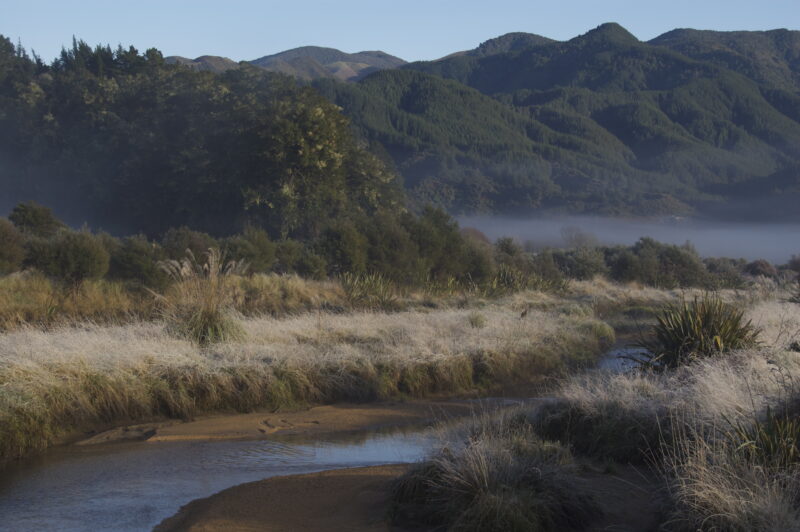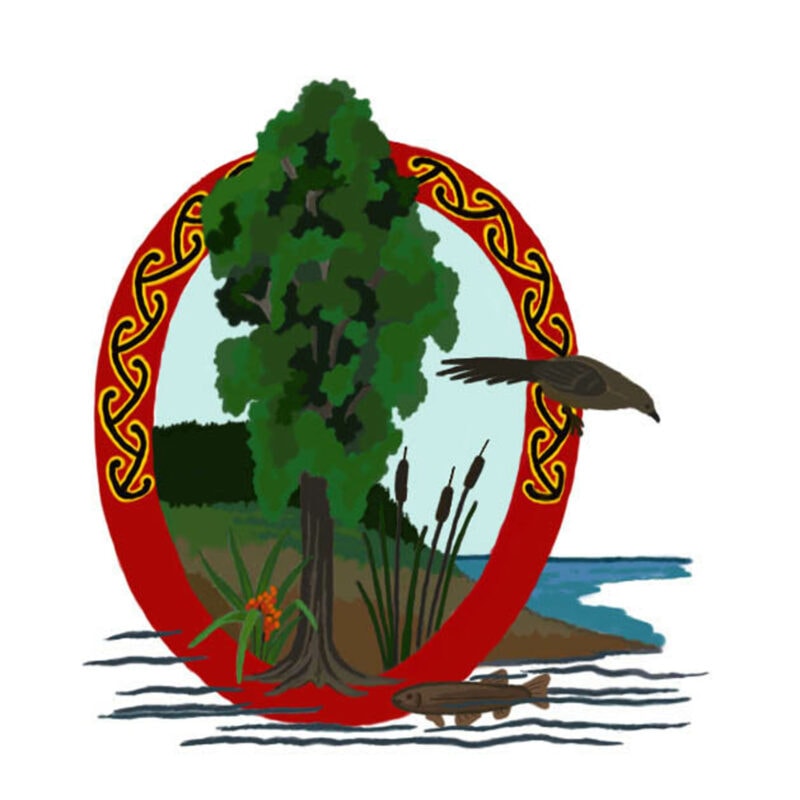Otuwhero Trust

The Otuwhero Valley has a high diversity of landscape and ecosystems, with streams, estuary, alluvial flats, and hills combining to produce an area high in conservation values. It is a stronghold for banded rail and fernbird, and hosts an important whitebait spawning area. The restoration area encompasses approximately 10 ha of sedgeland and 25 hectares of alluvial flats through which the Otuwhero Stream flows. Contiguous with the wetland is 55 ha of coastal hill forest and approximately 15 ha of salt marsh which provides a vegetation sequence which is rare in the district.
Parts of the wetland have been drained and large areas are currently in rank grass, gorse and blackberry. It is planned to re-establish alluvial forest and enhance wetland areas. Since 2011 Otuwhero Trust volunteers have controlled weeds including removing willows from the banks of the Otuwhero Stream, planted over 20,000 trees and sedges in the wetland area and along the riverbank, eliminated over 3000 wilding pines in the hill forest and established and maintained a network of traplines over 100 hectares.
The project suffered a major setback in February 2018 when ex- tropical cyclone Gita devastated the valley. During this weather event, tons of forestry debris and silt were deposited all through the river and wetland, burying recent plantings and causing hundreds of more mature trees to die from suffocation. The floods also carried down more willow fragments and weed seeds which require constant work to keep under control.
Volunteers have carried out a lot of remedial work and are slowly re-establishing the riparian native shrubs and trees. Working bees are held regularly on Fridays to maintain and extend these plantings. New volunteers are always welcome.
